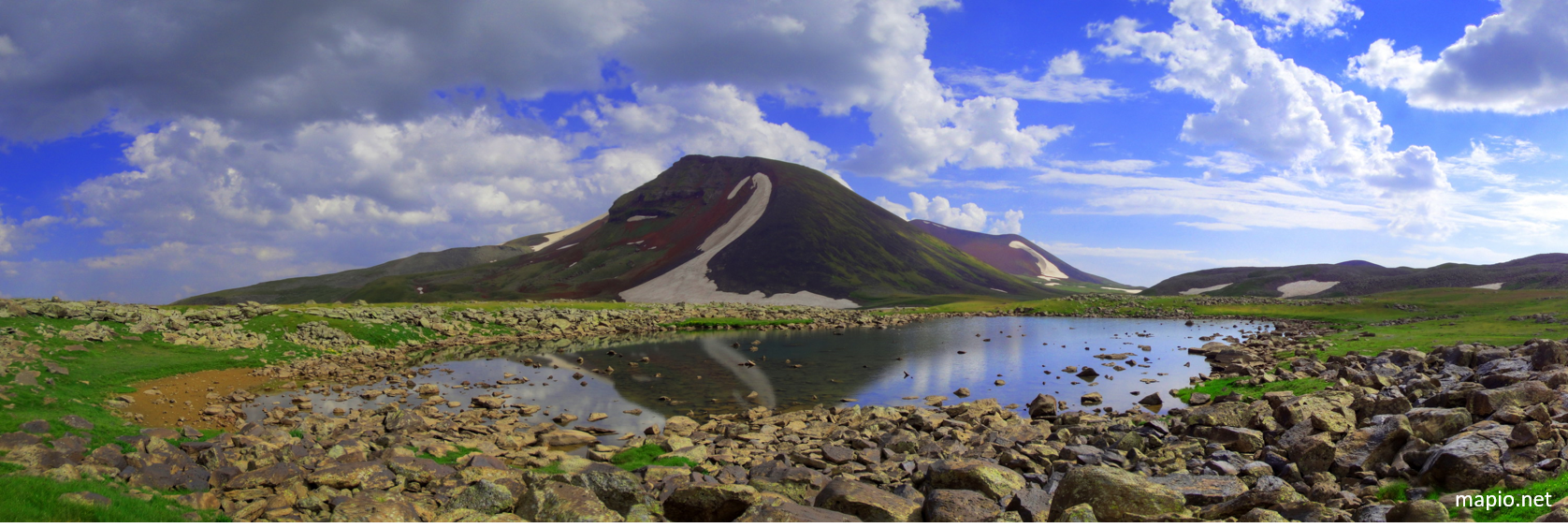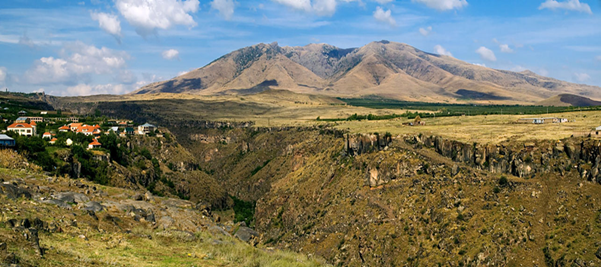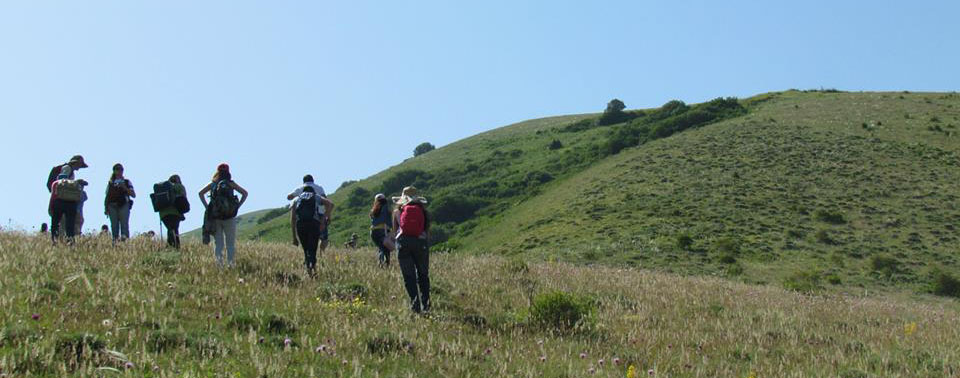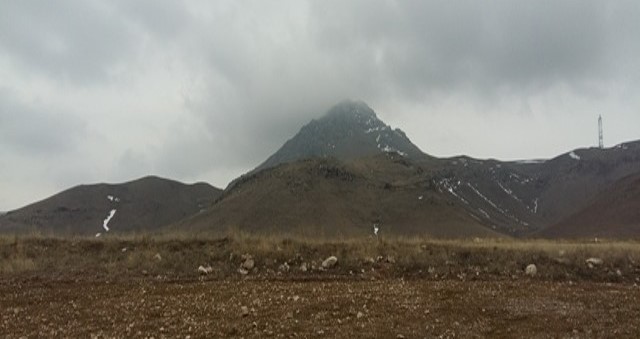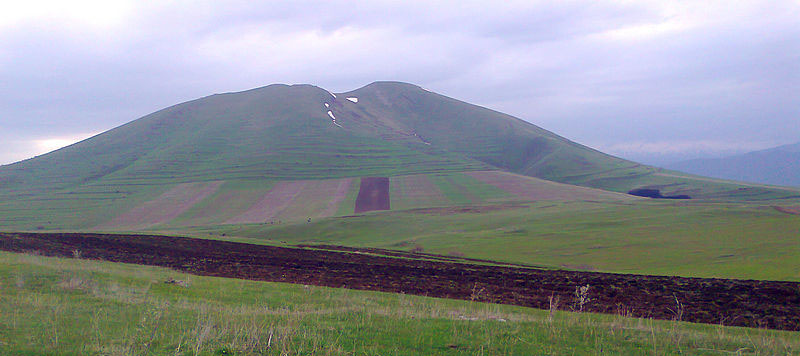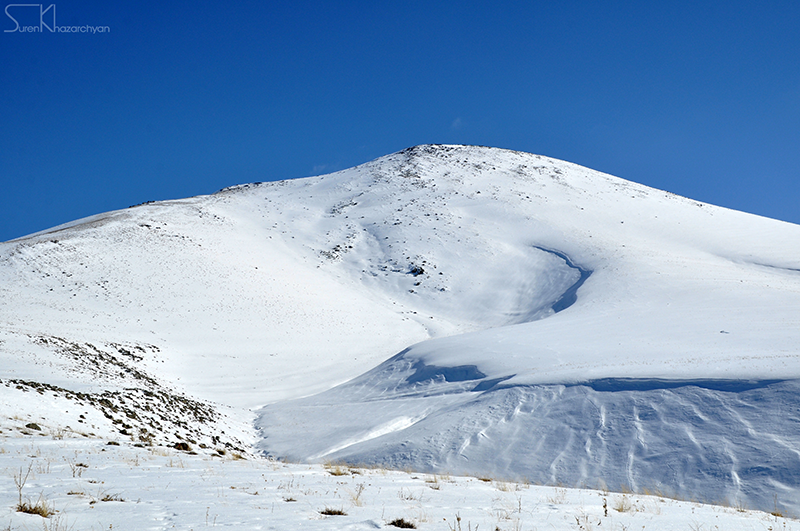Geo-information
Altitude: 3196 m
Province: Lori Province
Town/village: 6km east of Saragyugh village
Mountain range: Highest Summit of Javakhk Mountains
Mount Achkasar is a volcanic cone with steep slopes covered with alpine vegetation. The difficulty level can be evaluated medium-hard due to the rocks and steep slopes all way long. The upper sections of the Mountain are covered by alpine vegetation. A magnificant view of Lake Achkasar will open up from the Summit. In overall you might hike around 21 km.

